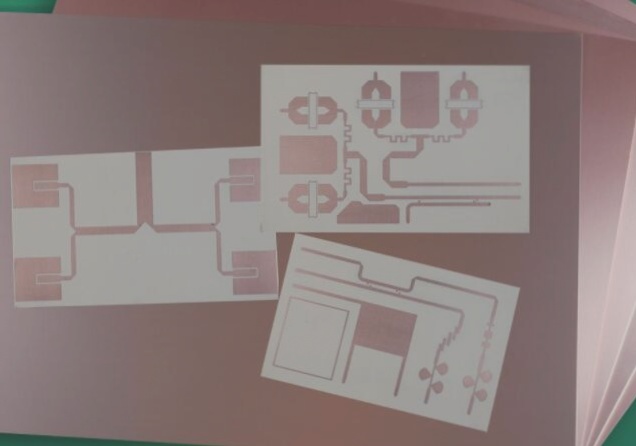Identifying the Number of Layers in a PCB Multi-Layer Board
When it comes to PCBs, understanding the number of layers is crucial. WellCircuits Limited shares insights on how to identify the layers in a multi-layer board:
- 4-Layer PCB: The first and fourth layers are for wiring, while others serve various purposes like ground and power supply.
- 6 and 8 Layer Boards: These include an additional auxiliary signal layer.
- Design Considerations: Each layer in a PCB plays a specific role, such as power, main signal, auxiliary signal, and ground layers.
The substrate of a PCB consists of insulating and heat-resistant materials, with visible copper foil circuits. These circuits provide connections between components and are essential for proper functionality.

Multi-layer boards are commonly used in motherboards and graphics cards, offering increased wiring area. The number of layers indicates independent wiring layers, typically ranging from 4 to 8 layers. Determining the layer count by examining the cut surface can be challenging, so alternative methods are used.
Circuit connections in multi-layer boards utilize buried via and blind via technologies. By observing via holes, you can determine the number of layers. For instance, 4-layer boards have specific trace patterns on the first and fourth layers.
Remember this tip: Shine a light through the board. If light passes through the guide hole, it’s likely a 6/8-layer board; if not, it’s a 4-layer board.
PCB, short for Printed Circuit Board, involves copper sheet attachment to insulating substrates for circuit connections. Boards with more than two layers are considered multi-layer boards, offering enhanced functionality and design possibilities.




